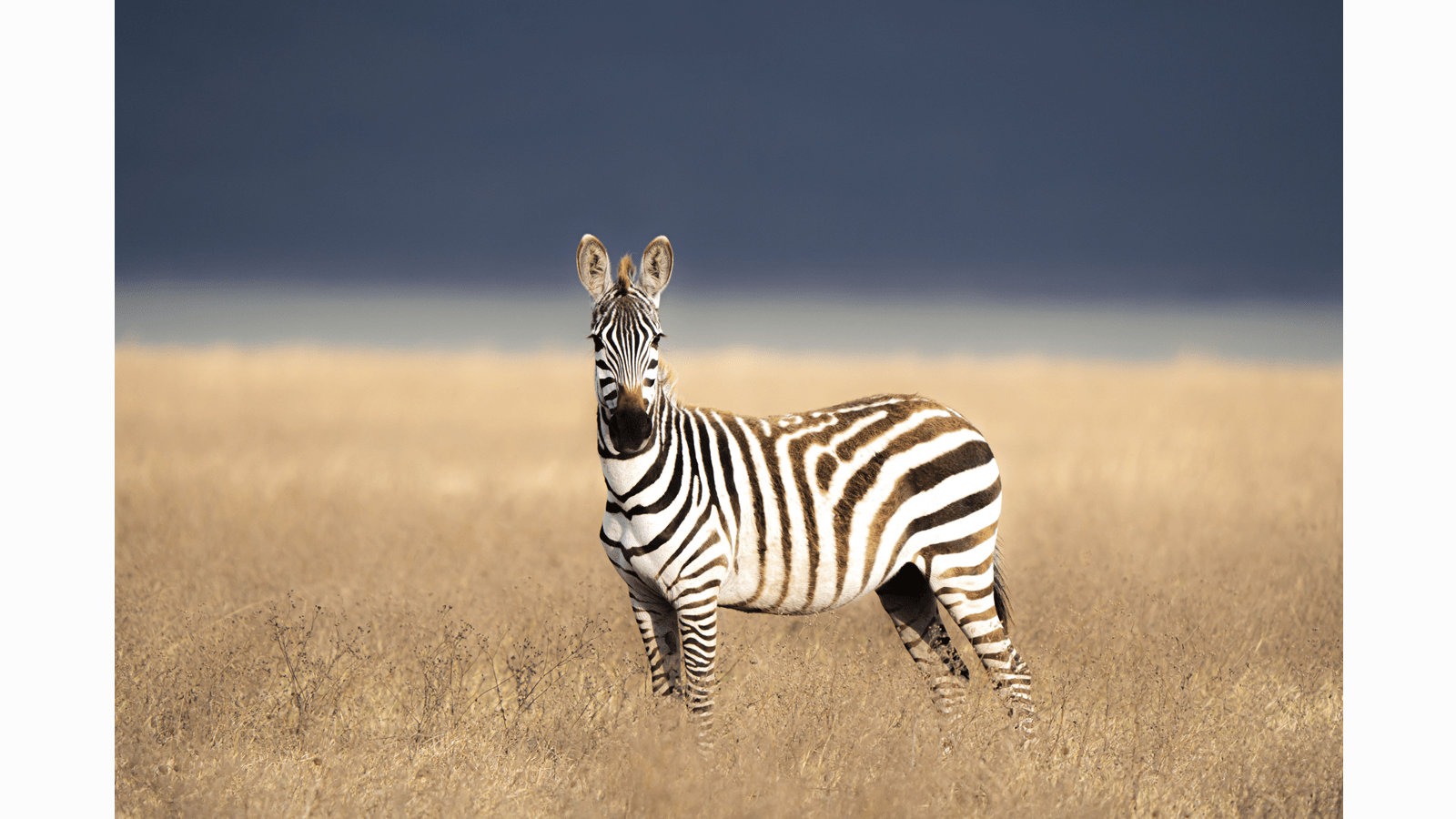On Rare Disease Day, all the rivers flow into one, bringing attention to the many individual rare disease communities that deserve recognition. Rare Disease Day unites us all. Raising awareness on this special day – with an extended community – can help patients feel less alone and isolated.
We might have different conditions, but we have something in common: The rare disease experience is different from other, more recognizable health conditions. “Rare” means that most people have never heard of your disease – which is why rare disease patients adopted the zebra as an icon.
It is not uncommon for health care providers to struggle to identify or effectively treat many rare diseases. The road to an accurate diagnosis can be long; treatment options may be limited; and many have faced medical gaslighting and trauma. As a result, rare disease patients and caregivers may feel reluctant to share their experiences. This lack of understanding and validation can result in frustration and loneliness.
Given these realities, let’s consider a few reasons why Rare Disease Day (“RDD”) is so important.
- RDD encourages collective support: The creation of broader societal awareness helps create an environment in which rare disease patients can share their stories in an honest, approachable manner. It’s an invitation to widen the group of friends and family members who understand our rare disease journey, which often is limited to just us, a caregiver, and maybe a couple others. With more familiarity, loved ones are more likely to initiate help and provide support. If they stay in the dark, they won’t know how to help and aren’t necessarily comfortable asking. Whether it’s advocacy upon a patient’s behalf or provision of more direct support, RDD helps to get support conversations started.
- RDD can be fun and creative: RDD offers concrete learning materials and facts. The use of bright colors (or zebra stripes!) in the related marketing and awareness campaigns encourages artistic advocacy. Creative expression is healing and is available to everyone. Kids can share their colors with crayons and markers. Teens and adults can make colorful memes and content for online use or social media. Sometimes a little levity can be just the right coping strategy to better manage chronic disease.
- RDD builds community bonds: RDD events and activities provide opportunities for patients and their supporters to feel a part of the community. Patients can connect with peers who “get it.” Many people living with rare disease may not know anyone who shares the same illness. In fact, some ultrarare diseases affect less than 100 people worldwide. Collectively, however, more than 300 million people worldwide live with rare diseases.
Rare Disease Day promotes greater dignity and legitimacy and reminds the public that rare disease is a global health concern. Just because a disease is rare does not mean that it deserves any less attention than other more identifiable health conditions. RDD allows smaller rare disease populations to form partnerships, decreasing feelings of isolation, misunderstanding and loneliness. Although you and I may not have the same rare disease, our experiences can be relatable and many commonalities exist. On Rare Disease Day, I’m thankful for the reminder that none of us has to do this alone.



